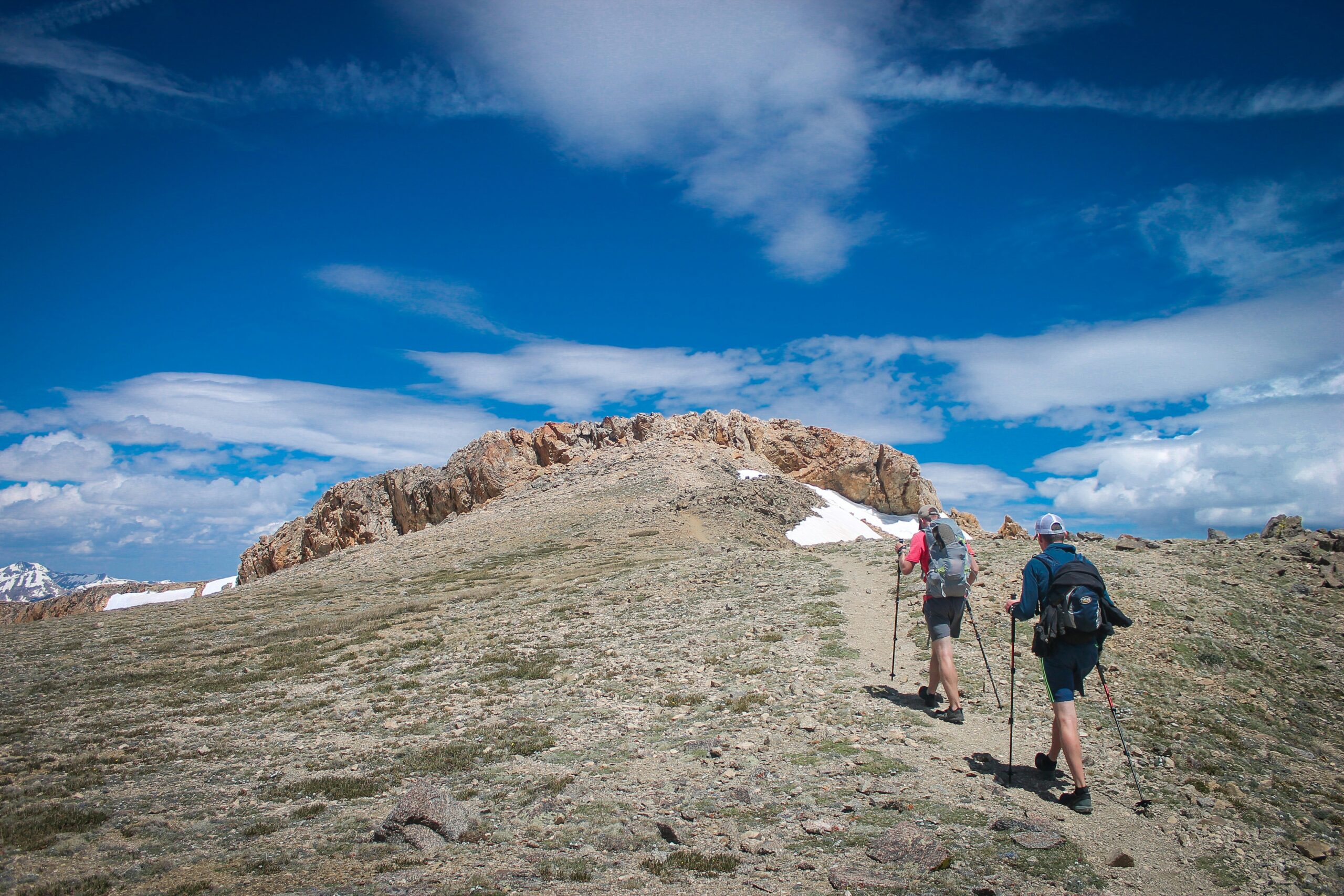
When you first step into hiking, the basics are usually enough: sturdy boots, a water bottle, and the determination to reach your destination. But once the trails get steeper, the distances longer, and the air thinner, you quickly realize that advanced hiking demands more than enthusiasm. Preparing for high-altitude and long-distance trails requires a mix of physical readiness, smart strategies, and mental grit. This guide unpacks practical techniques to help you push beyond the beginner stage and thrive on demanding adventures.
Building Endurance Before You Hit the Trail
Long-distance hiking is as much about preparation as it is about the journey. Instead of relying on willpower alone, start conditioning your body months before a big trip. Incorporate long walks into your weekly routine and gradually add weight to your backpack. Simple strength training—like squats, lunges, and planks—builds the resilience your muscles need when facing hours of uphill climbs. One hiker put it best: “The mountain doesn’t care how fit you were last summer; it cares how fit you are today.”
Understanding the Challenges of Thin Air
High-altitude trails above 8,000 feet present a unique challenge—less oxygen. Even the fittest hikers can feel short of breath, dizzy, or fatigued. Acclimatization is your best defense. If possible, spend a couple of nights at mid-altitude before pushing higher. A slow pace is not a weakness here—it’s wisdom. “Climb high, sleep low” is a tried-and-true rule that helps your body adjust. Remember, hydration plays a bigger role than you think; water evaporates from your body at altitude faster than at sea level.
Smart Packing for Maximum Efficiency
Every ounce in your pack counts when you’re hiking long distances. Think of your backpack as real estate—you want only the essentials. Lightweight layers, a compact stove, and high-calorie snacks should make the cut. A simple trick many seasoned hikers swear by is to use resealable bags for organizing gear. This not only reduces bulk but makes it easier to find what you need without rummaging for minutes at a time. Carrying less but smarter transforms your hike from a struggle into a steady rhythm.
Pacing Yourself Like a Pro
A rookie mistake is charging out fast, only to burn out hours before the summit. Experienced hikers understand the power of pacing. The “rest step,” a technique where you briefly lock your knee at each step on steep climbs, conserves energy and keeps your breathing steady. Similarly, setting a rhythm with trekking poles helps distribute effort between your arms and legs. Hiking isn’t a sprint; it’s a marathon of small, consistent steps.
Fueling Your Body for the Long Haul
Nutrition on the trail is more than tossing a granola bar in your pocket. Long-distance and high-altitude hiking demand a steady intake of carbohydrates, proteins, and healthy fats. Trail mix with nuts and dried fruit, cheese sticks, and energy gels are compact, calorie-dense options. For longer treks, hot meals can be morale boosters—lightweight dehydrated foods make this possible. Think of your food as fuel, and don’t wait until you’re hungry to eat. Grazing throughout the hike keeps energy levels stable.
Staying Safe When the Weather Turns
Mountain weather is famously unpredictable. Blue skies can turn into hailstorms in less than an hour. Advanced hikers carry not just extra layers, but also the knowledge of how to use them. A lightweight rain shell, thermal base layers, and an emergency blanket can be lifesavers. Before setting out, study the weather patterns of the region, and don’t ignore signs like sudden winds or darkening clouds. Sometimes the most advanced technique is knowing when to turn back.
Training Your Mind as Much as Your Body
Physical strength gets you far, but mental toughness takes you further. On a 20-mile trek or a steep high-altitude climb, fatigue and doubt creep in. Developing small mental strategies—like breaking the trail into manageable sections or celebrating micro-goals—can keep morale high. Many hikers keep a mantra in mind, something simple like “one step at a time,” to push through the toughest stretches. At altitude or on endless trails, mindset often matters more than mileage.
Embracing the Joy of the Journey
Advanced hiking isn’t about racing to the finish; it’s about deepening your connection with the outdoors. Stop to watch the sunrise over ridges, notice how silence changes with altitude, and share stories with fellow hikers at camp. These human moments remind you why you take on the challenge in the first place. After all, the trails may be long and the climbs steep, but it’s the experiences—both gritty and beautiful—that make them unforgettable.